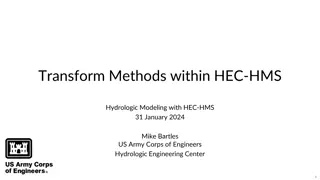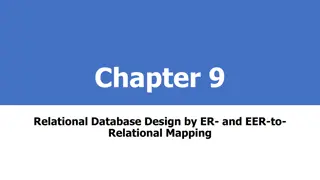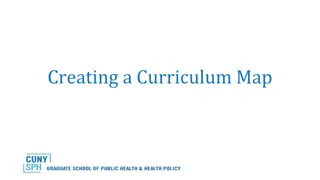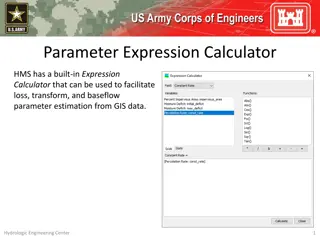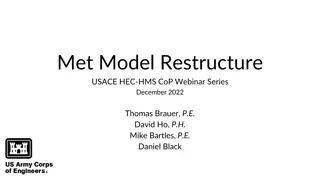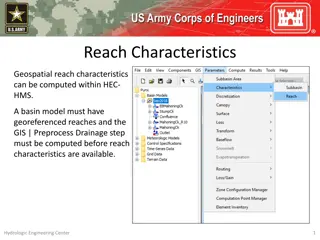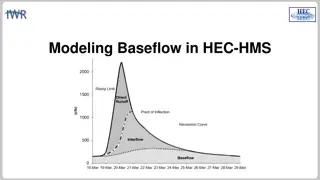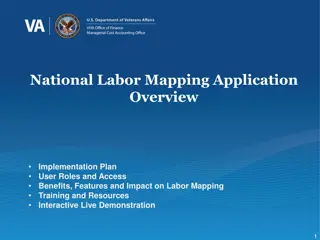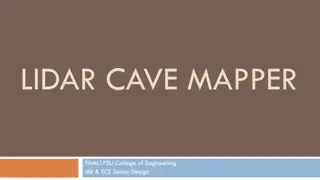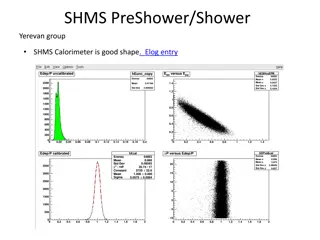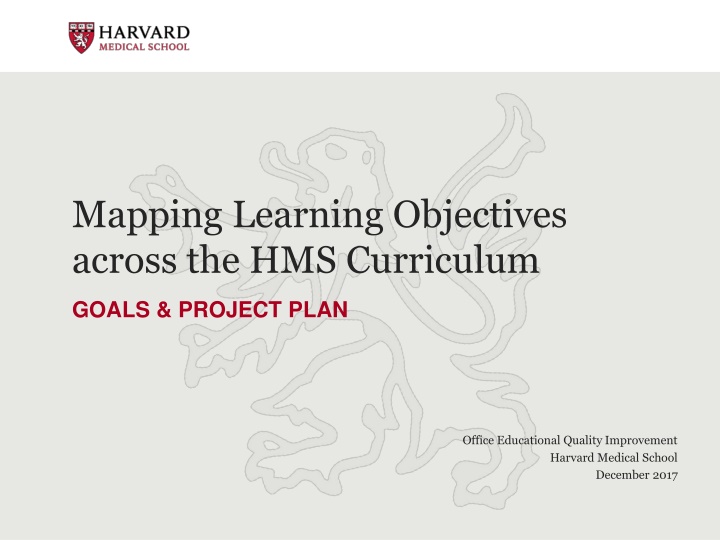
Mapping Learning Objectives in Harvard Medical School Curriculum 2017
Explore the importance of mapping learning goals at Harvard Medical School, detailing the types of information mapped, benefits gained, and the mapping process. Discover how this initiative enhances educational quality, aligns goals, and informs teaching priorities, ultimately improving student outcomes and curriculum effectiveness.
Download Presentation

Please find below an Image/Link to download the presentation.
The content on the website is provided AS IS for your information and personal use only. It may not be sold, licensed, or shared on other websites without obtaining consent from the author. If you encounter any issues during the download, it is possible that the publisher has removed the file from their server.
You are allowed to download the files provided on this website for personal or commercial use, subject to the condition that they are used lawfully. All files are the property of their respective owners.
The content on the website is provided AS IS for your information and personal use only. It may not be sold, licensed, or shared on other websites without obtaining consent from the author.
E N D
Presentation Transcript
Mapping Learning Objectives across the HMS Curriculum GOALS & PROJECT PLAN Office Educational Quality Improvement Harvard Medical School December 2017
Why map learning goals? o Provides a focusing moment for Course/Clerkship Directors to revisit and update their course-level learning goals o Fosters alignment between HMS-wide and course-level learning goals o Supports x-site, x-Society comparability of learning goals and assessment metrics o The map will serve as a foundation on which to build CQI efforts o Fulfills an LCME requirement OFFICE OF Institutional Planning & Policy 2
What types of information are we mapping? Clerkship-Level Objectives 6-15 per Clerkship HMS Program Level Objectives 4 per Competency, 24 total Examples: Assessment Metrics Foundations/CLO2: Develop a framework for understanding the relevant risk factors for disease that are relevant to prevention; apply the understanding of each discipline as it pertains to the diagnosis and treatment of disease. HMS Competencies Examples: 1) Fund of Knowledge Narratives EPA s OSCE s Shelf STEP 1 & 2 Grades ------- Match Career Trajectory 1-2) Apply their understanding of biomedical, clinical, social, behavioral, and population science to problems in clinical medicine 2) Critical Thinking 3) Patient Care Essentials I/CLO4: Become grounded in the ethical principles that underlie clinical care, research, and professionalism generally, with the facility to recognize and analyze ethical issues in practice. 4) Professionalism 5) Interpersonal and Communication Skills 3-4) Work effectively as part of an interprofessional team to ensure safe and appropriate patient care Transition to the PCE/CLO5: Communicate effectively with fellow students and faculty with respect to medical and scientific information; articulate clearly one's thinking in the discussion of pathophysiologic processes; and work effectively as a member of a group. 6) Organizational and Social Determinants of Health Care 5-4) Demonstrate the interpersonal skills required to be an effective contributor or leader on a healthcare or other professional team OFFICE OF Institutional Planning & Policy Educational Quality Improvement 3
What will we gain from... Illustrate what is taught where Illuminate gaps /redundancies across our curriculum Match specific assessment methods with each Clerkship Objective / Program Level Objective Refresh knowledge of Competencies & Program Level Objectives Reflect/update Clerkship Objectives Align Clerkship Objectives /Program Level Objectives Inform teaching priorities Plan for how best to assess student progress The Mapping Process Review of the Completed Map Tracking Student Progress Against Learning Objectives in the Map Illuminate leading and lagging learning outcomes Enable benchmarking (by site, Society, etc.) Inform decisions about where to invest in curriculum reform and faculty development Identify students who might benefit from additional support OFFICE OF Institutional Planning & Policy 4
Key Groups of Courses at HMS that require Mapping = Clinical = Campus-based Pre-Clerkship HST Pre-Clerkship Pathways: (9 courses) o ITP o Foundations o IDD o Essentials o Homeostasis I o Homeostasis II o MBB Core Clerkships: (8 + PCE) REQUIRED o PDW s o Transition to the PCE Core Sub-I s: (students take 1 or 2) AISC s: (students take 2) o Medicine o Primary Care o Pediatrics o OB/GYN o Surgery o Radiology o Neurology o Psychiatry Essentials II Scholarly Project Capstone o o Medicine Advanced Pediatrics 8 courses offered POM (4 elements) o PDR (fall = core faculty on campus; spring = 11 sessions at sites with preceptors) o FCC (15 sessions with primary care preceptors) o ICS (13 sessions with preceptors) o TDP (11 sessions with preceptors 10: 2) PCE ELECTIVE Clinical Electives: (students take 3+) ~ 230 courses offered Non-clinical Electives Year 2 Year 4 Year 1 Year 3 OFFICE OF Institutional Planning & Policy 5
Mapping the Core Clerkships and Sub-Is: Process Introductory Screen-- OFFICE OF Institutional Planning & Policy Educational Quality Improvement 6
PLO Mapping Screen *Note: Each Clerkship Objective will be pre- populated as displayed here. OFFICE OF Institutional Planning & Policy 7
EPA Mapping Screen OFFICE OF Institutional Planning & Policy 8
Checklist items, and Assessment Tool Mapping Screen -- OFFICE OF Institutional Planning & Policy 9

